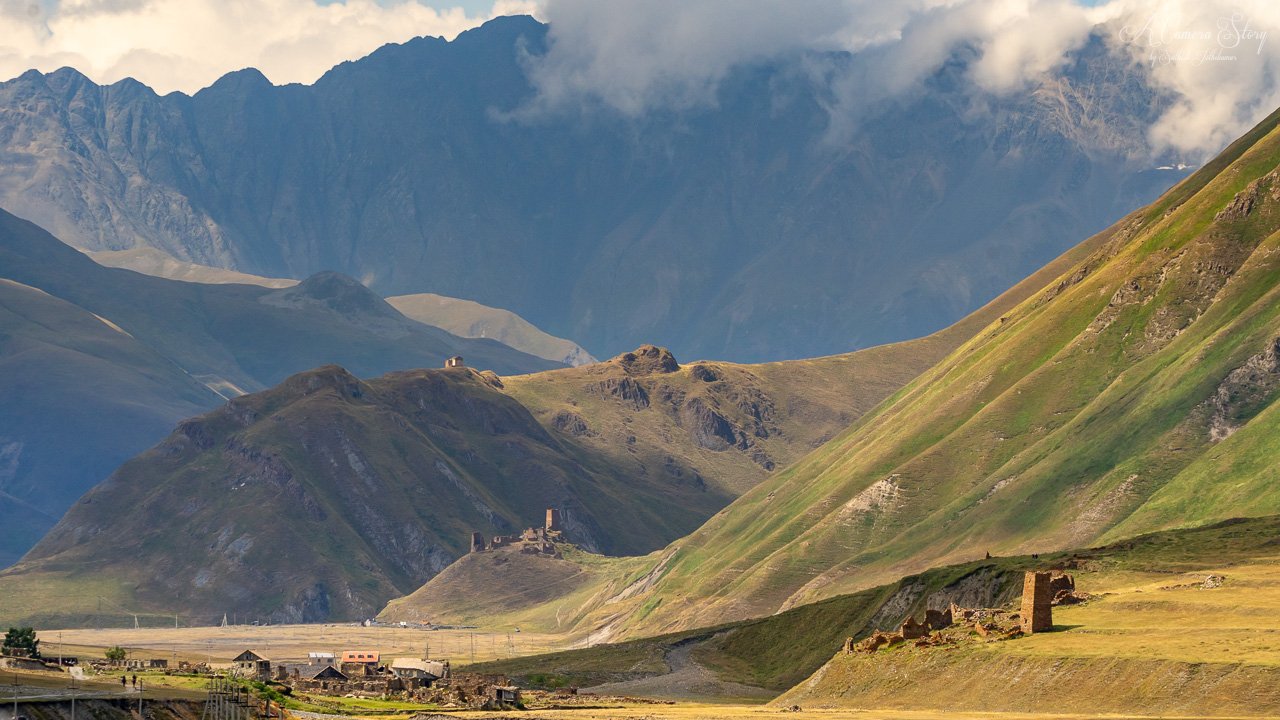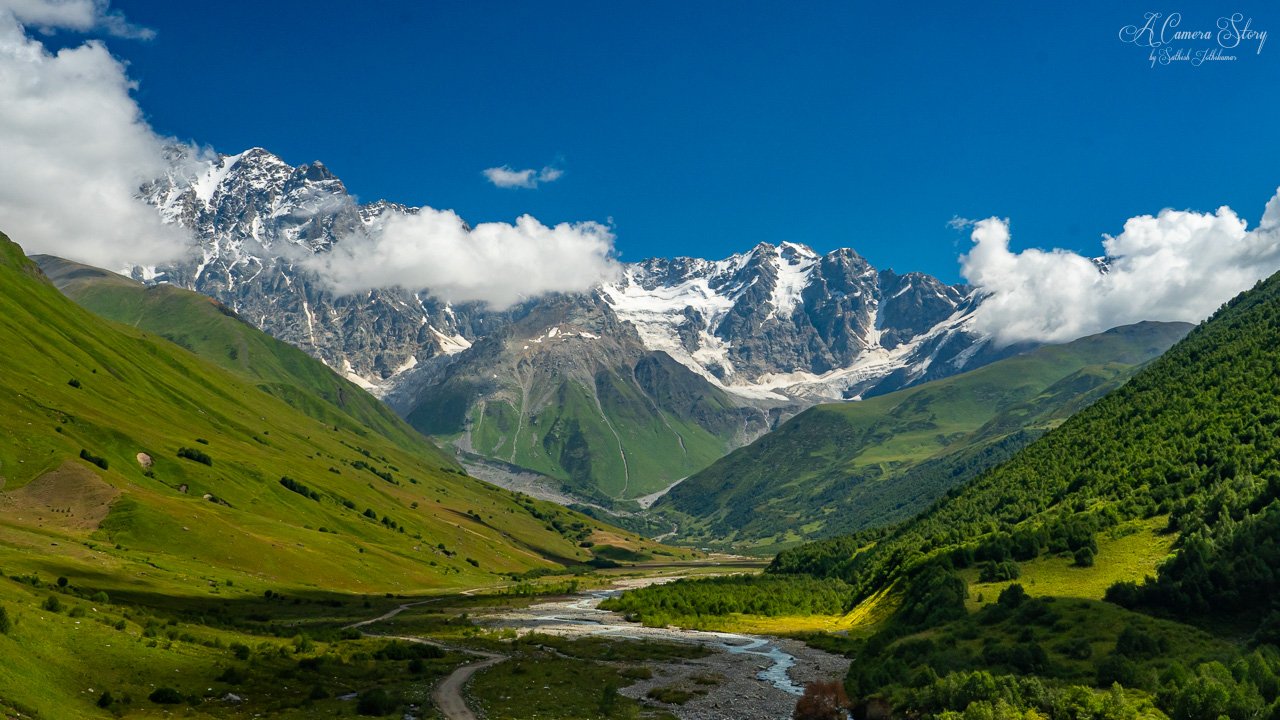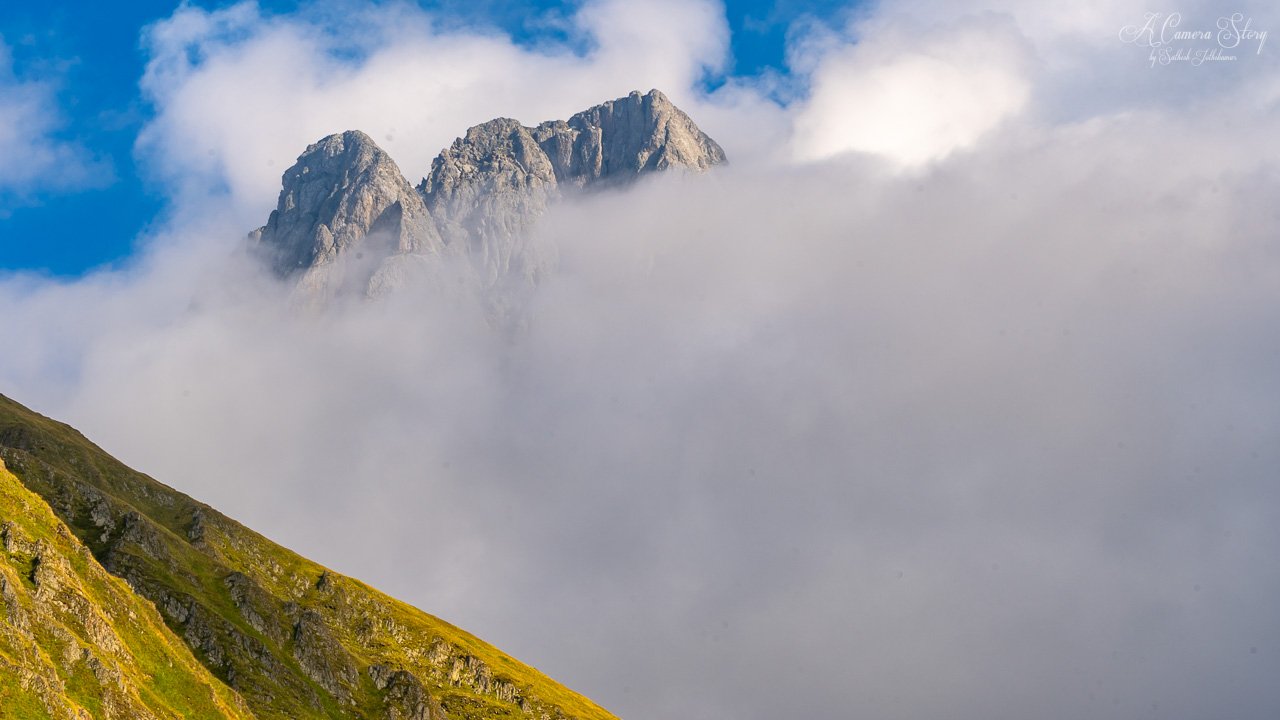The concept of a domicile and a permanent abode is a strong fixture for the modern community. It anchors our present-day lives, and with the pandemic moving most work to home, the importance of the place of residence is higher than ever before.
That led me to wonder about the nomadic lives that many communities around the world practice, including the famous Bedouin tribes of Middle East, the Mongol tribes in Mongolia, Saami tribes in Scandinavia and numerous more in Africa and South America. And then there are also the digital nomads who work and live on the move, relying on modern technology to keep connected to society.
The nomadic herders I stayed with in Kyrgyzstan are certainly not digital nomads. Their calendar revolves with the seasons of the year, bring their herds of cattle and horses up to the high altitude meadows (jailoos) in early summer. They move and stay with the herd for half the year, in white yurts that pop up on the green landscape, and only move back down when winter calls and the weather turns harsh. A few of these herders set up additional yurts and welcome tourists to spend a day and experience the nomadic life of these herders. Modern technology has certainly eased some of the challenges and brought more income, but has not changed their lifestyle. I hope this tradition continues to thrive.
Tash Rabat Caravanserai
At Bashy district, Kyrgyzstan





